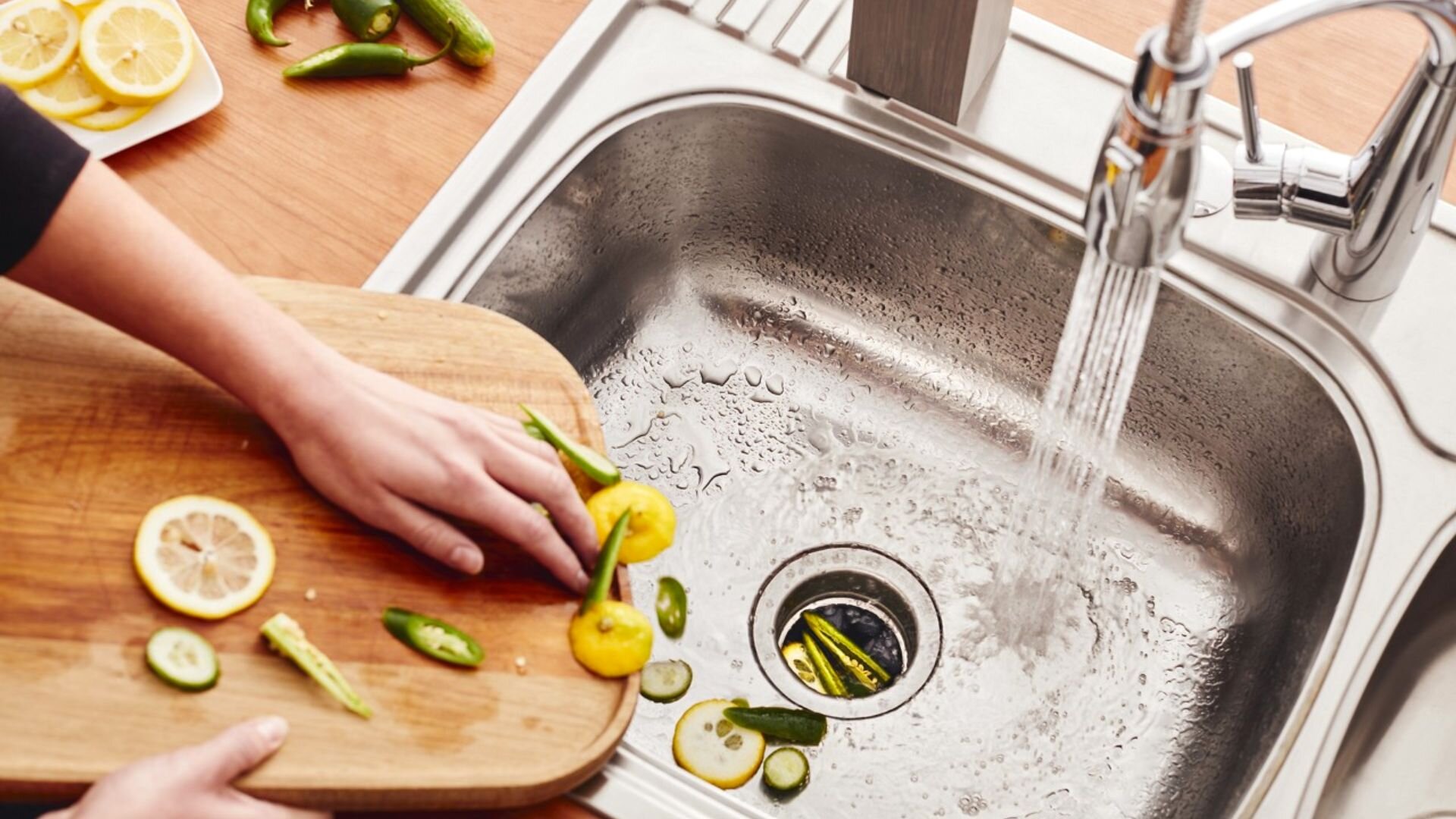Speedy Fixes for a Dripping Garbage Disposal
Speedy Fixes for a Dripping Garbage Disposal
Blog Article
The author is making a number of good observations related to Why Is as a whole in this article below.

Garbage disposals are essential cooking area appliances that aid in throwing away food waste efficiently. Nevertheless, a dripping garbage disposal can be a discouraging and unpleasant problem to take care of. Fortunately, lots of leaks can be taken care of conveniently with a few easy actions. In this write-up, we will certainly discuss exactly how to take care of a dripping waste disposal unit properly.
Intro
Garbage disposals are installed under kitchen sinks and are designed to shred food waste into smaller pieces, allowing it to travel through the pipes system quickly. While these devices are typically dependable, leaks can occur with time as a result of deterioration, loose links, or damages to the system.
Step-by-Step Overview to Repairing a Leaking Waste Disposal Unit
Shut off the Power
Prior to trying any fixings, make sure that the power to the garbage disposal device is turned off to stop the danger of electrical shock.
Locate the Leak
Recognize the exact location of the leak and identify the cause
Tighten up Links
Use a wrench to tighten any loosened links in between the disposal device and the pipes system.
Change Seals or Gaskets
If the leakage is because of used seals or gaskets, get rid of the old parts and change them with brand-new ones.
Patching Fractures or Openings
For fractures or openings in the disposal system, use epoxy or an appropriate patching material to seal the damaged area.
Identifying the Source of the Leak
Prior to trying to deal with a dripping waste disposal unit, it is important to determine the source of the leakage. This can commonly be done with visual inspection or by conducting straightforward examinations.
Visual Evaluation
Inspect the waste disposal unit system carefully for any kind of signs of water leakage. Pay close attention to locations around seals, gaskets, and connection factors.
Evaluating for Leakages
One way to examine for leaks is by running water via the disposal unit and looking for any visible indicators of leakage.
Typical Causes of Leakages in Garbage Disposals
Worn Seals and Gaskets
Seals and gaskets play a vital role in avoiding water from dripping out of the waste disposal unit. Over time, these elements can degrade, leading to leaks around the disposal unit.
Loose Connections
The connections in between the waste disposal unit and the pipes system can come to be loosened with time, causing water to leak out during operation.
Cracks or Holes in the Disposal Unit
Physical damage to the garbage disposal, such as cracks or openings in the real estate, can additionally cause leakages.
Tools and Materials Needed for Fixing a Leaking Garbage Disposal
Prior to beginning the repair work procedure, gather the needed tools and materials, consisting of a screwdriver, adjustable wrench, plumber's putty, replacement seals or gaskets, and epoxy or patching material for fixing fractures or openings.
Testing the Waste Disposal Unit After Repair
When the repair is total, check the garbage disposal by running water with it to ensure that the leakage has actually been solved.
Preventive Maintenance Tips to Prevent Future Leakages
To prevent future leakages, it is essential to do normal upkeep on your garbage disposal. This consists of maintaining it tidy, avoiding putting non-food products or tough objects down the disposal, and regularly looking for leakages or various other issues.
Conclusion
To conclude, fixing a leaking garbage disposal is a fairly uncomplicated procedure that can be finished with standard devices and products. By adhering to the actions laid out in this post and practicing preventative upkeep, you can keep your garbage disposal in good working condition and avoid costly repairs in the future.
What to Do About a Leaking Garbage Disposal
A leaking garbage disposal often goes unnoticed until you confront a sopping cabinet, a foul-smelling puddle, or an audible drip-drip-drip from the unit. The fix can be frustrating, too, because the leak can stem from a number of components in the system. Fortunately, with a little sleuthing, you can zero in on the leak and—depending on the exact location—stop the icky oozing and repair the component that caused it. Worst case scenario, if it turns out that the garbage disposal must be replaced, installing a new one is a reasonable do-it-yourself task for those with basic plumbing skills. Read on to keep the cash you’d otherwise hand over to a pro.
Prepare to find the leak
Prior to testing the garbage disposal for leaks, unplug it at the wall outlet and turn off the power from the breaker box to prevent electrical shock. Then insert a watertight sink stopper into your sink drain and wipe the unit dry with a clean cloth. In any handy container, mix a few drops of food coloring into a few cups of water, and pour the dyed water onto the sink stopper to help you locate the leak.
Investigate the source
the top, where the disposal meets the sink drain the side, where the dishwasher hose or main drain pipe connects to the disposal or the bottom of the unit Inspect each of these locations while gliding a light-colored rag over the unit; the dyed water will readily show on the rag and reveal the location of the leak. If a leak isn’t immediately apparent, remove the sink stopper and pour a few more cups of dyed water down the sink drain, then check for leaks again. Leaks near the top of the unit are more likely to show themselves while the sink is plugged, while side and bottom leaks are more noticeable while the sink is unplugged.
The metal sink flange that sits directly inside the sink drain is typically sealed around the top with plumber’s putty (a clay-like sealant) and then secured from under the sink with bolts. If the plumber’s putty deteriorates, or the bolts loosen, the flange can no longer form a watertight seal between the sink drain and the disposal—which could cause a leak at the top of the unit.
To reseal the leaky flange, you must first detach the garbage disposal. Start by loosening the screws securing the main drain pipe to the disposal, then loosen the screws in the metal clamp securing the dishwasher hose to the disposal and detach the drain pipe and dishwasher hose from the disposal. Loosen the screws in the mounting ring that connects the disposal to the metal mounting assembly beneath the sink, then pull down the disposal and carefully set it on a clean, dry surface. Loosen the bolts in the mounting assembly with a wrench, then pull down the mounting assembly and set it near the disposal.

I'm just very excited about The Handy Guide To Fixing Your Garbage Disposal Leaking and I am assuming you liked our blog entry. If you appreciated our post plz be sure to share it. We enjoy reading our article about The Handy Guide To Fixing Your Garbage Disposal Leaking.
Book An Estimate Now Report this page